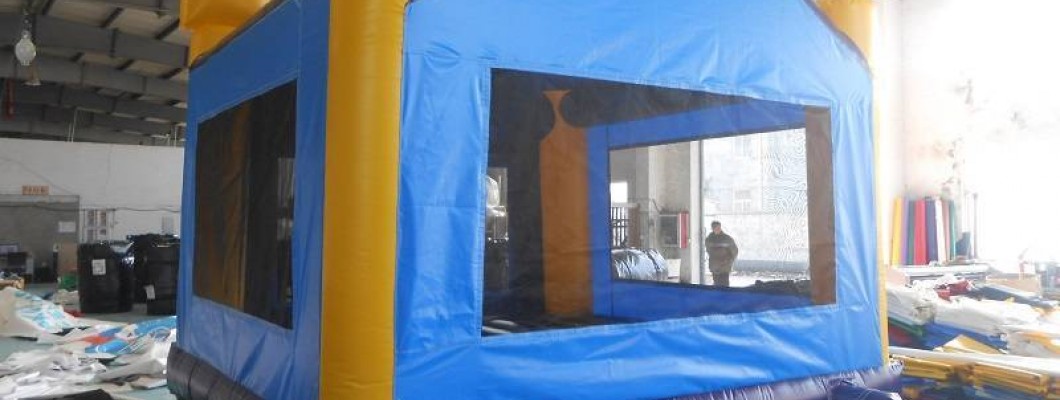
Inflatable blowers are designed to provide a constant flow of air to keep bounce houses and other inflatable structures fully inflated. When managing multiple inflatables, you might wonder whether a single blower can handle the load of more than one structure. In this article, we’ll explore whether one inflatable blower can support multiple bounce houses and what factors you need to consider for optimal performance.
Factors to Consider
While it is possible for a single blower to inflate more than one bounce house in some cases, several factors will determine whether this is a practical and safe option:
- Blower power and size: Each inflatable blower is rated based on its horsepower (HP) and cubic feet per minute (CFM) airflow. The size of the blower and its air output capacity must be sufficient to handle the combined air volume requirements of multiple inflatables.
- Size and air requirements of the bounce houses: Smaller inflatables require less air to stay inflated compared to larger structures. If the combined size of the bounce houses exceeds the blower’s capacity, the blower will struggle to keep them properly inflated.
- Connection method: To inflate multiple bounce houses with one blower, they need to be connected in a way that allows air to be evenly distributed to both inflatables. This often involves using air ducts or split connections, which can lead to uneven airflow if not set up properly.
- Safety considerations: Ensuring that each bounce house remains properly inflated during use is essential for the safety of participants. If the blower is underpowered or the air distribution is uneven, it can result in deflation or instability, creating a safety hazard.
When Can One Blower Support Multiple Bounce Houses?
In some situations, a single blower may be able to support more than one bounce house, especially if the inflatables are smaller and require less air. Here are some scenarios where this could be feasible:
- Smaller inflatables: If the bounce houses are small and the total air volume needed is within the blower’s capacity, one blower could support both. For example, small inflatable games or obstacle courses with lower air requirements may be compatible with a single blower.
- Blowers with high CFM: High-powered blowers with larger CFM ratings may have enough capacity to inflate multiple bounce houses simultaneously, especially if they are smaller in size.
- Temporary setups: For short-term or temporary setups, such as inflating bounce houses for a short period during an event, using one blower may work, but you must closely monitor air pressure to avoid deflation.
Why Using Separate Blowers Is Recommended
While it is technically possible to use one blower for multiple inflatables, using separate blowers for each bounce house is generally the safer and more reliable option. Here's why:
- Consistent inflation: Using individual blowers ensures that each bounce house receives the appropriate amount of air, keeping them fully inflated and safe for use.
- Reduced wear on the blower: Overloading a blower by asking it to inflate multiple structures can lead to motor strain, overheating, and premature wear.
- Safety: If one inflatable needs to be deflated or taken down, having separate blowers allows you to manage each inflatable independently, without affecting others.
- Reliable performance: Each blower is designed for a specific size and type of inflatable. Using the correct blower ensures optimal performance and extends the lifespan of both the blower and the inflatable structure.
Conclusion
While it may be possible for a single inflatable blower to support multiple bounce houses under certain conditions, it is not generally recommended. The blower’s power, the size of the inflatables, and safety considerations all play a significant role in determining whether this setup is feasible. For most situations, using a separate blower for each bounce house is the best way to ensure consistent inflation, safety, and longevity of your equipment.

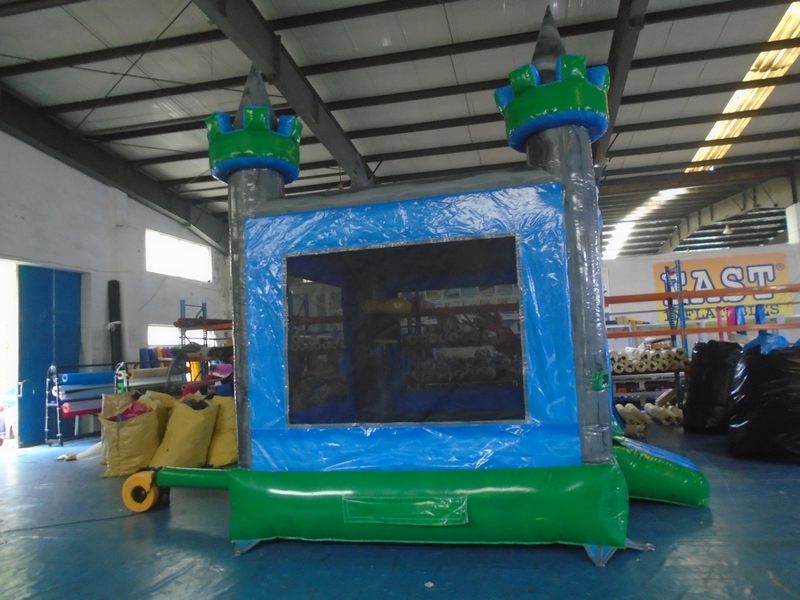
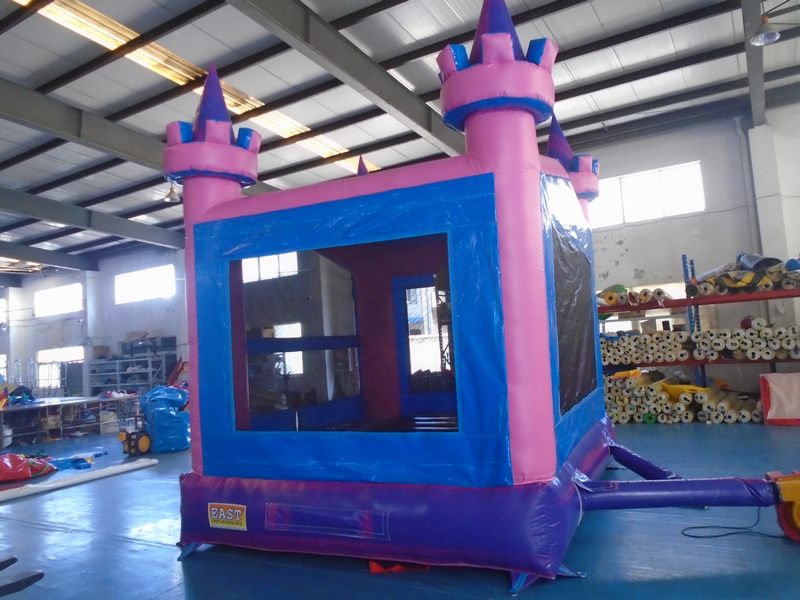
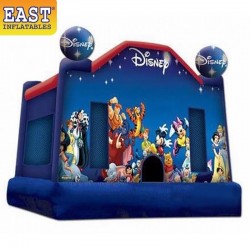
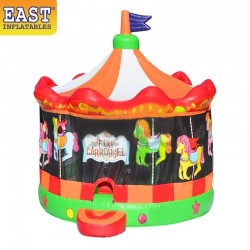
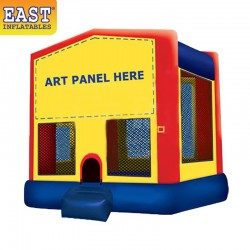
Leave a Comment